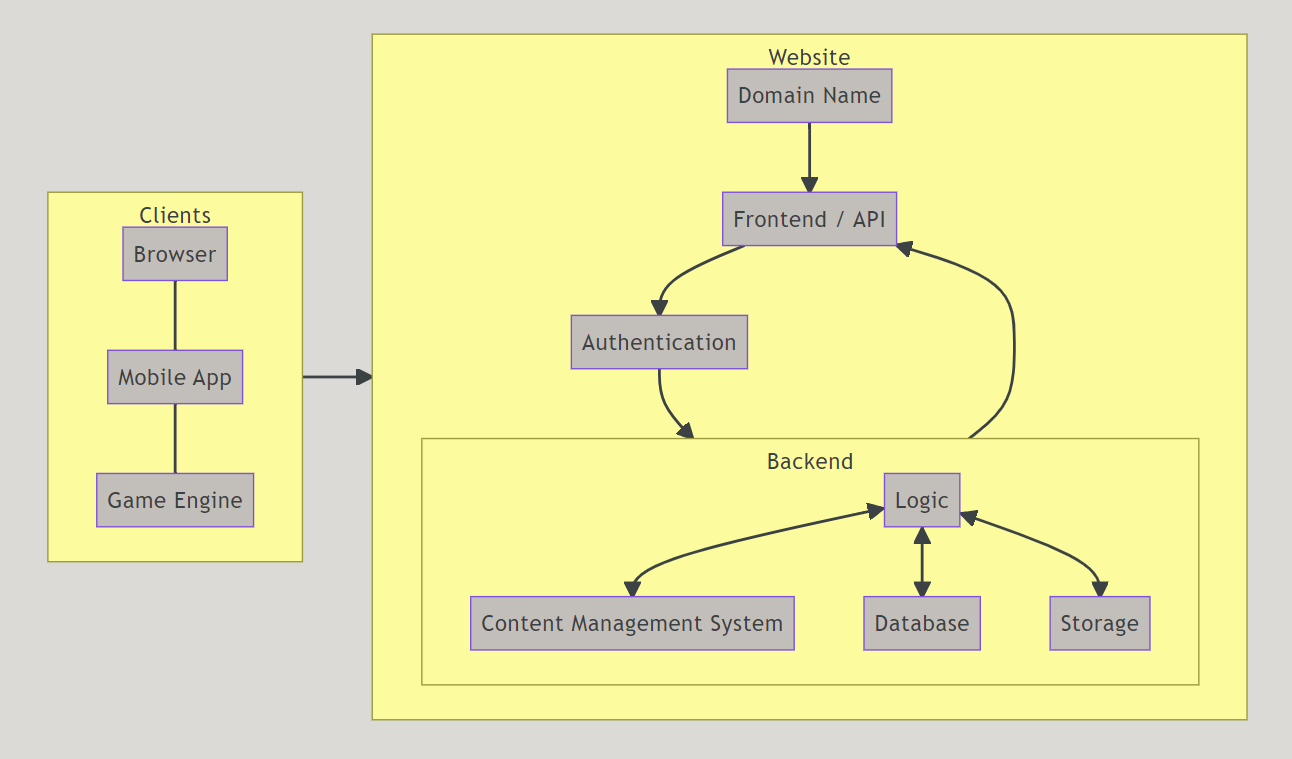Introduction
Hello, fellow internet surfers! Ever wondered what’s beyond the horizon of the good old web 2.0 we know and love? Well, fasten your seatbelts because we’re about to embark on a journey to the new frontier - web3! It’s like going from a flip phone to a smartphone, but for the whole internet. Exciting, right?
The Web 2.0 Components We Know and Love
In the magical land of web 2.0, we have four pillars holding everything together: Authentication, CMS (Content Management System), Storage, and Logic. Together, they make the internet what it is today - a place where you can forget your own birthday but never your password (Authentication), write a blog about your dog (CMS), store and retrieve that embarrassing photo from five years ago (Storage), and make your smart home devices dance to your tune (Logic).
Enter Web3: The Astar Edition
Now, imagine a land where instead of a few kings (hello Google, Amazon, Facebook), we have a democracy - a decentralized system where no single entity holds the reins. Welcome to web3, powered by Astar, the Swiss Army knife of blockchain development. It’s not just about building on the blockchain; it’s about building your blockchain app, in your style. How cool is that!
Web 2.0 to Web3: The Component Swap
But what happens to our beloved web 2.0 pillars in this new world? Fear not, for every hero in web 2.0 has a web3 counterpart ready to take up the mantle.

Authentication: In web3, passwords are as outdated as disco. Instead, your identity is as unique and secure as a cryptographic key pair. It’s like a secret handshake, only cooler and safer.
CMS: Forget centralized platforms. Here, content is king and it lives on the blockchain. It’s like having your own personal Library of Alexandria, except it can’t be burned down.
Storage: No more relying on a single server. In web3, data storage is distributed across nodes. It’s like splitting your secret recipe and giving a piece to all your friends for safekeeping.
Logic: Smart contracts are the new wizards of web3. They are self-executing contracts where the terms of agreement are written into code. It’s like a genie that executes your wishes exactly as you’ve stated, no tricks.
Database: Say goodbye to centralized databases that could crash, lose data, or get hacked. In web3, the blockchain itself is the databases and therefore are decentralized, with information stored across various nodes. It’s like turning a one-man band into a symphony orchestra.
DNS: Traditional Domain Name Systems (DNS) are like old-school telephone operators, connecting you to the right party. In web3, we have blockchain-based DNS solutions. It’s like moving from phone operators to speed dial - you’re in control since you own it, and it’s decentralized and more secure.
V. The Pros and Cons: Is Web3 Really Worth the Trouble?
Every coin has two sides, and web3 is no exception. On one hand, we have enhanced security, user control, and transparency - it’s like going from a one-way mirror to a glass house. On the other hand, we have challenges like scalability and technical complexity. Plus, convincing Grandma to swap her email password for a cryptographic key pair might be a tough sell. Although with Account Abstraction, she might not even have to!
VI. Conclusion
So, there you have it, folks! A whistle-stop tour from web 2.0 to web3, the Astar way. It’s a brave new world out there, full of possibilities and blockchain-powered magic. So why not dive in, explore our documentation and migrate your website to web3 on Astar? After all, fortune favors the bold!